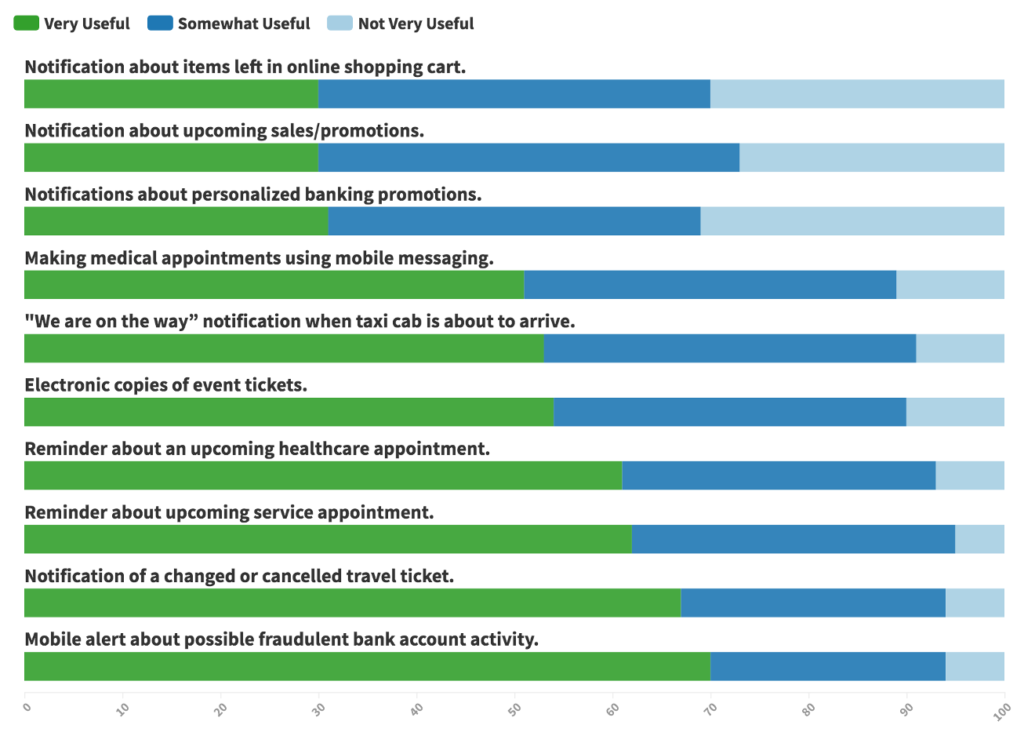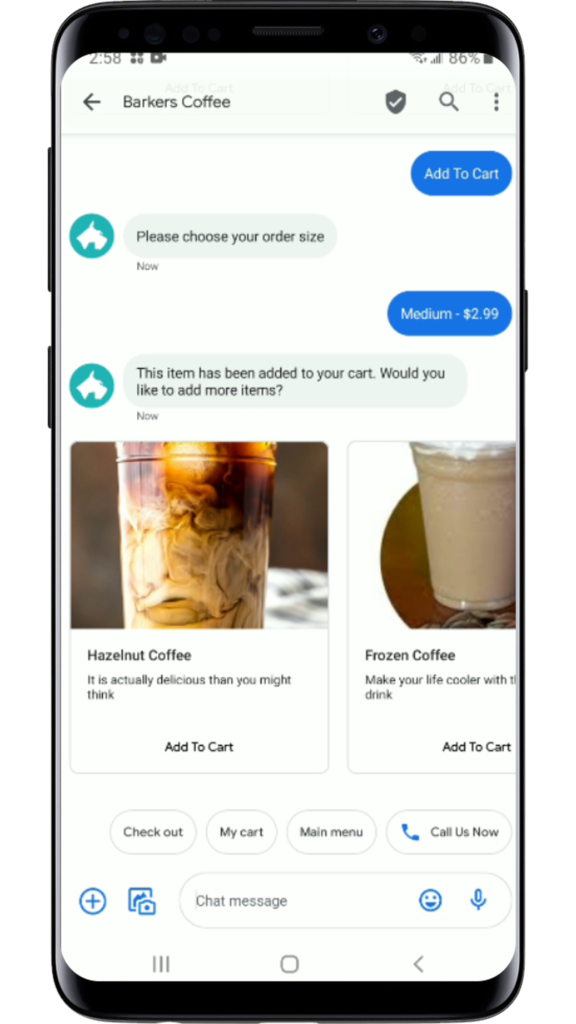Insights, Products
6 secret mobile messaging tools for marketing and CX

Insights, Products

Marketing and customer experience leaders are focused on mobile as a critical way to reach customers. And messaging has become the priority for 2020. New research from Sinch shows consumers are ready to embrace new formats and features when sending and receiving text messages. They want messaging options to interact with healthcare professionals, banks, retail and many others. (See datagraphic below.)

But even as enterprise brands rush to create engaging mobile experiences through messaging, there are some features and formats that still aren’t well understood. Let’s run through the most interesting mobile messaging tools, and the most compelling ways marketers and CX leaders are leveraging text messages to engage customers, build trust and drive revenues.
In some scenarios, the two parties messaging one another speak distinct languages but need real-time information. For example, tourists using ridesharing services (or the inverse, a driver who may not speak the local language fluently). Enter real-time translations. Brands can use messaging intermediaries to provide real-time translations of conversations — whether those are in-the-moment chatter to coordinate a rideshare pickup, or more technical discussions about a product or service.
Many marketers don’t understand the draw of personalized videos, but for some businesses that depends on building trusting relationships. Personalized videos offer a way to create a human connection:
When your customer needs help, an answer to a pressing question may be the only thing stopping them from clicking “buy.”
Using real-time chat, whether inside your branded app or through other messaging apps, you can offer just-in-time solutions. And keep in mind, this type of always-on connectivity isn’t a “nice to have” but a “need to have.” Research from Facebook shows consumers expect fast response times. One respondent explained, “If a seller keeps me waiting longer than 10 minutes, I’ll move on to another seller.”
The same Facebook research also found messaging is a critical way to build trust with customers. Most survey respondents reported that being able to message a business made them feel more confident about the brand.

Think of response chips as a type of chatbot feature, but eliminating the errors that crop up when AIs try to understand human language. A typical chatbot interacts with customers by interpreting human questions and generating a response from a limited set of scripts. These are excellent options to answer easy questions that come up at high frequency. (“What time does the Broadway shop open?”) The challenge, however, is that humans are … human. We may input a typo, or use a word choice that the chatbot doesn’t understand.
With response chips, a customer selects from a specific set of options. Picture app-like features and visual cues, but delivered via messaging.
Let’s consider the travel industry. Due to turbulent weather, delays and cancellations cascade through a region, leaving travelers stranded. In days of old, travelers would run (even sprint) to ticket agents to make changes. More recently, consumers can relatively easily rebook flights using an airline’s mobile app.
Yet messaging offers an even faster, more effective solution. When a flight is cancelled, an airline can send a message to a traveler, such as, “Flight 7745 to Boston has been cancelled due to inclement weather. The first-available LAX→BOS flight leaves this evening at 7pm. Can we reserve a seat for you?” The traveler simply needs to type “Yes,” and the exchange is completed. No waiting in line or navigating the app.
This type of real-time problem solving via mobile is relevant to many industries where scheduling and late-breaking information creates bottlenecks:
Best-in-class messaging uses secure, end-to-end encryption. Why does this matter? Businesses face intense pressure to keep customer data secure. Consumers expect it, regulatory bodies demand it, and the growing sophistication of cybercriminals means security is essential–particularly in regulated industries where penalties are most severe.
Increasingly mobile is not just one more way to reach customers–it’s the lynchpin of digital customer experience. And messaging is fundamental to the mobile experience.
And yet … messaging cannot be treated simply as another channel, like a highly condensed mobile version of email. Enterprise companies must develop strategies and tactics unique to messaging. Outreach must be personal, and driven by each individual’s behavior, preferences and expectations. And we must pay respect to the very direct, personal customer connection that mobile messaging offers.
Eager to learn more about how messaging is reshaping consumer expectations? Read the Mobile Consumer Engagement 2020 report here.